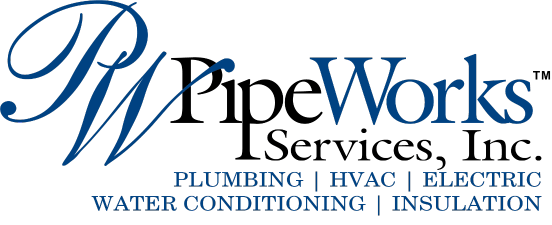The best time to improve your duct system is when you install a new cooling or heating system. That means if you’re in the market for a new air conditioning unit, now is also the perfect time to make improvements to your ductwork. The purpose of improving your duct system is to ensure the best home comfort and the lowest utility bills possible. Here’s a look at what’s involved in testing and diagnosing ductwork.
Visual Inspection
While the appearance of the ductwork can’t tell the whole story, it’s a good place to start. Your technician will keep an eye out for:
- Disconnected ducts.
- Areas where the building structure is used as ductwork, which can be very leaky.
- Unsealed or uninsulated ductwork where ducts pass through unconditioned spaces, such as the attic.
Duct Leakage Test
Special equipment is required to test how leaky an air conditioning duct system is. The technician at least needs a duct blower and a digital manometer to get readings. The test has four basic steps:
- Attach the duct blower to the ductwork at a register or the air handler.
- Seal all other registers.
- Switch the duct blower on and adjust the fan speed until the pressure reaches an approximate standard value.
- Consider the airflow needed to acquire the pressure and measure the extent of the air conditioning duct leakage.
Airflow Rate Measurement
Low fan flow is a major cause of air conditioning performance problems. Without the proper airflow, adequate pressure can’t be reached, and the flow of air exiting supply vents is minimal. A flow hood can be used to measure airflow with an accuracy of within 7 percent.
Decide A Course of Action
Sometimes, it’s easy to improve ductwork efficiency, but other times you must weigh the financial cost with the benefits. Consider basic rules of thumb, program guidelines, and industry standards when making your decision. A technician can educate you on each of these points.
To learn more about improving your air conditioning ductwork, contact us at Pipe Works Services.




